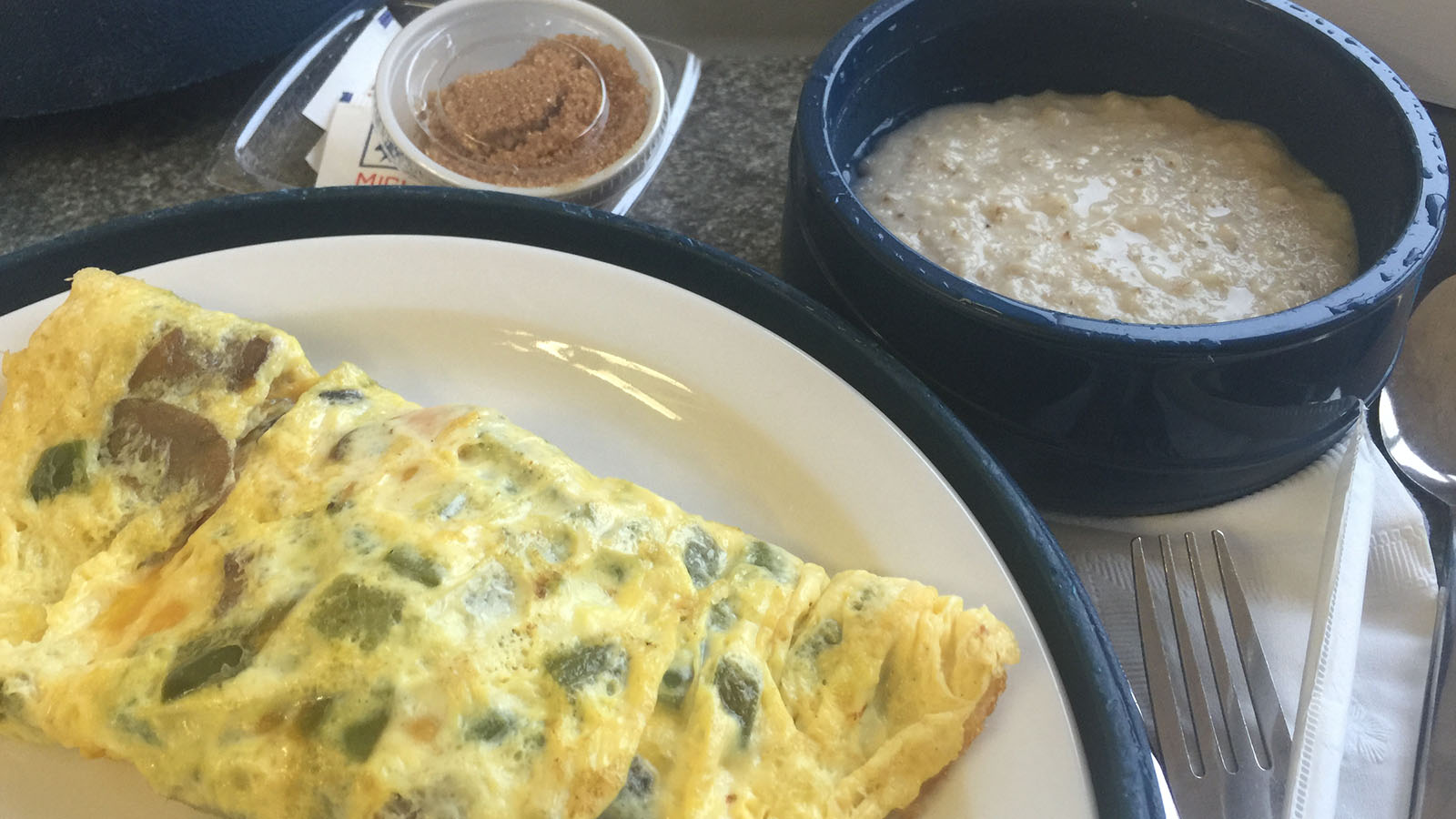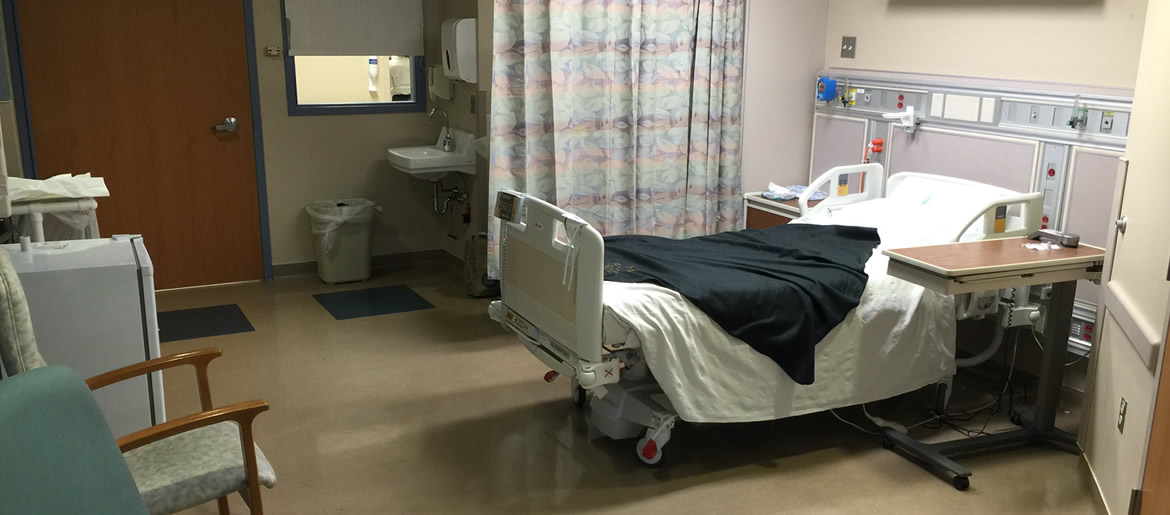On Saturday, December 19th the doctors started my chemotherapy. It was a 7+3 regimen, meaning that I would receive one type for 7 straight days along another type for the…
I checked in to Henry Ford Hospital on December 17th. Most of that day was just spent getting acclimated to the new environment. I had a private room with a…
December 16, 2015 marked the start of the next chapter of my life. On that day, I was diagnosed with Acute Myeloid Leukemia. I was shocked, surprised, scared, but most of…




